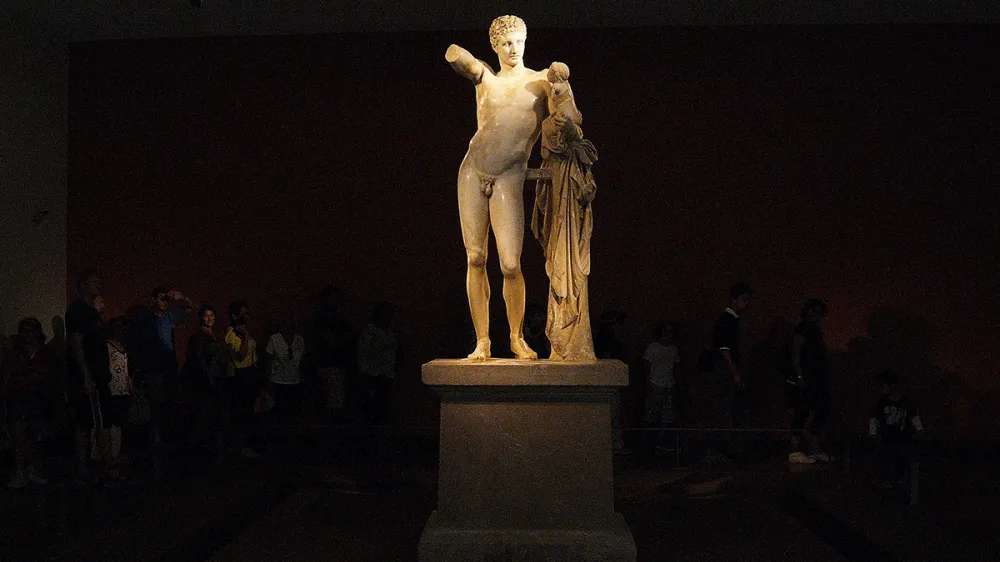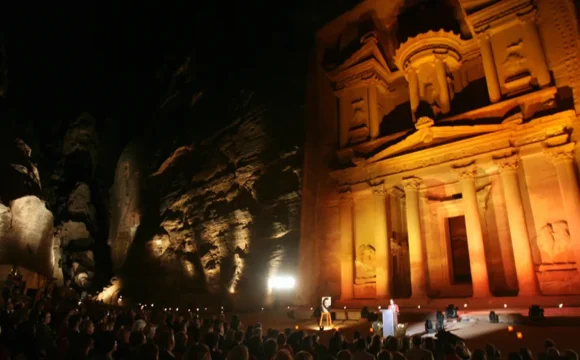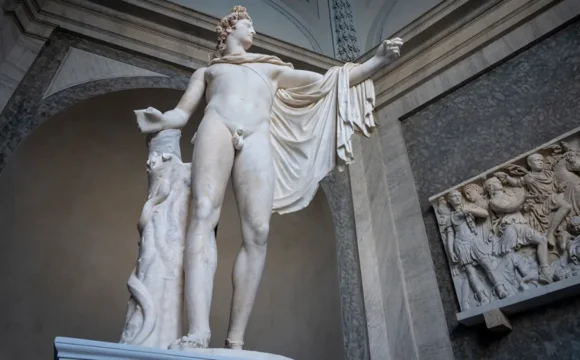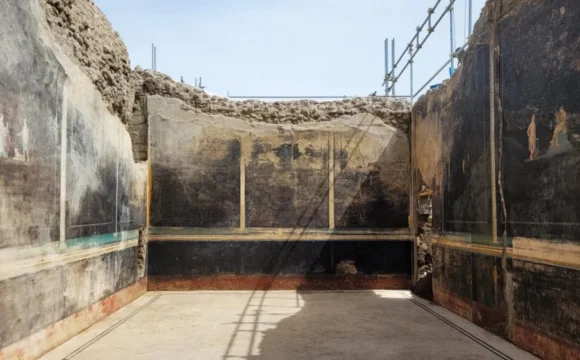การค้นพบครั้งยิ่งใหญ่มักเกิดขึ้นโดยบังเอิญ
เช่นเดียวกับกรณีที่บัลแกเรียเมื่อสัปดาห์ที่แล้ว นักโบราณคดีได้ขุดพบวัตถุโบราณเก่าแก่หลายศตวรรษระหว่างการขุดค้นที่เมืองโบราณของ Heraclea Sintica วัตถุที่ค้นพบนี้เป็นรูปปั้นหินอ่อนขนาดเท่าคนจริงของเฮอร์มีส เทพเจ้ากรีก ที่ถูกซ่อนอยู่ในท่อระบายน้ำมาเป็นเวลายาวนานหลายพันปี
หัวหน้าทีมนักโบราณคดี Liudmil Vagalinski กล่าวว่า “ส่วนหัวของรูปปั้นยังคงสภาพดีมาก มีเพียงรอยแตกเล็กน้อยที่มือ"
Heraclea Sintica ซึ่งปัจจุบันคือหมู่บ้านรูพีท ก่อตั้งโดยฟิลิปที่ 2 แห่งมาซิดอน ระหว่างปี 356 ถึง 339 ก่อนคริสตกาล เมืองนี้ถูกทำลายด้วยแผ่นดินไหวในปี 388 หลังคริสตกาล และถูกทิ้งร้างไปรอบปี 500 หลังคริสตกาล รูปปั้นซึ่งเป็นการสร้างใหม่ในสมัยโรมัน จากต้นฉบับของกรีก น่าจะถูกวางไว้ในท่อระบายน้ำเพื่อเก็บรักษาไว้โดยเจตนา “ทุกสิ่งที่เป็นลัทธิ pagan ถูกห้าม แต่พวกเขาก็ยังดูแลเทพเจ้าองค์เก่าของพวกเขา" Vagalinski กล่าวเสริม
จากบทความโดย Abby Montanez
Great discoveries often happen by accident.
This was the case in Bulgaria last week when archaeologists unearthed a centuries-old artifact during a dig at the ancient city of Heraclea Sintica. The find is a life-size marble sculpture of the Greek god Hermes that had been hidden in a sewer for thousands of years.
“Its head is preserved and in very good condition. There are a few fractures on the hands," said Lyudmil Vagalinski, who led the team.
Heraclea Sintica, now the village of Rupite, was founded by King Philip II of Macedon between 356 B.C. and 339 B.C. The city was destroyed by an earthquake in 388 A.D. and abandoned around 500 A.D. The statue, a Roman reconstruction of the Greek original, was likely placed in the sewer deliberately to preserve it. “Everything pagan was forbidden, but they took care of their old deities," Vagalinski added.
This year has seen other exciting discoveries. In January, French tourist Julien Navas found a 7.5-carat chocolate-colored diamond at Crater of Diamonds State Park in Arkansas. “It was one of the most amazing surprises, after the birth of my daughter," Navas told The Washington Post.
In April, archaeologists uncovered frescoes during an excavation in Pompeii, depicting characters from the Trojan War. “Pompeii is a treasure chest that never ceases to surprise and amaze us," said Italy’s culture minister, Gennaro Sangiuliano.
Who knows what could be dug up next?
From the article by Abby Montanez








